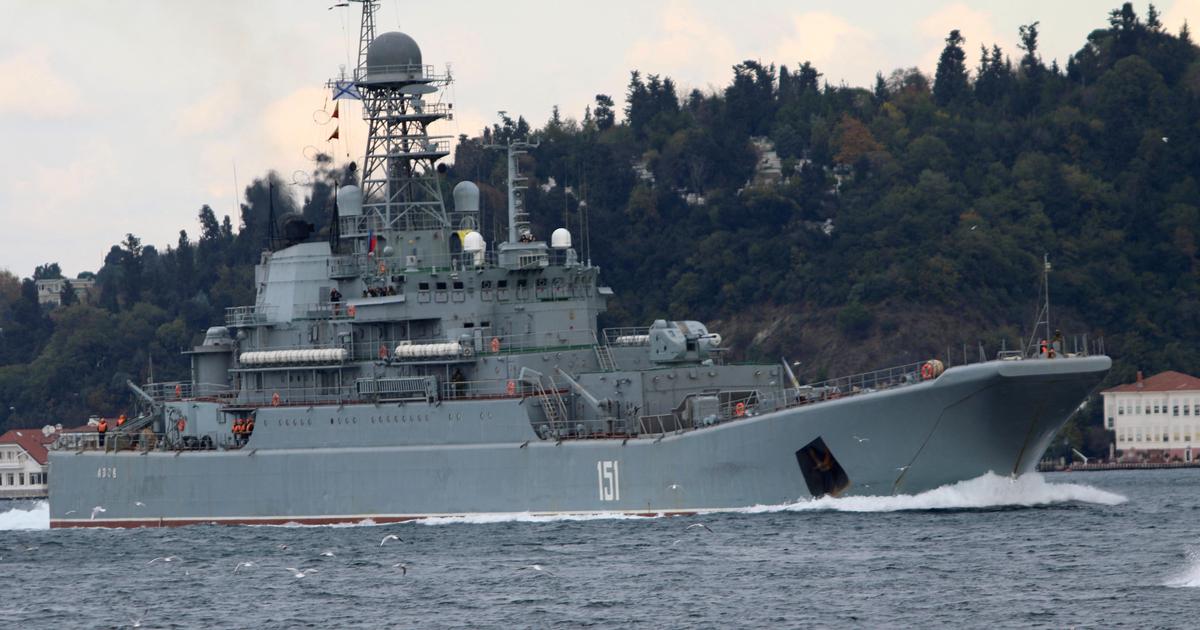For the second year in a row, the far north is experiencing unusual temperatures, drought and a violent fire season. In Siberia and in the Arctic Circle, fires blaze continuously and over a large area, releasing record amounts of carbon dioxide (CO2). The poisonous smoke sometimes moves into cities.
Satellite images from the American space agency NASA show the development of clouds of smoke over the Sakha Republic in northeastern Russia between July 30th and August 6th. It is one of the most active fire areas in Siberia this summer. About 19 fires were burning there on Thursday.
At the end of July, strong winds carried billows of smoke as far as Alaska. There were also fires there and in parts of northwest Canada this summer, albeit to a lesser extent in Siberia.
"After the Arctic fires in 2019, the fires this June were not so surprising," said Mark Parrington, senior scientist at the Copernicus Atmosphere Monitoring Service (CAMS), which documents fires on Earth. However, the extent and intensity would have increased unusually strongly in July.
Burning peat leads to CO2 records
In addition, it is estimated that around half of the fires in Arctic Russia this year will affect peat soils. These consist of decomposed organic matter, such as plant debris, and are a huge source of carbon. When the soils burn, the carbon (C) in them combines with the oxygen (O) in the air to form carbon dioxide (CO2).
According to Parrington, the fires in Arctic Russia in June and July 2020 released more CO2 than any full fire season since data collection began in 2003.
Fire fighting on July 21st in Sovetskii in northwest Russia
Photo: Denis Bushkovsky / imago images / ITAR-TASS"The destruction of peat by fire is problematic for so many reasons," said Dorothy Peteet of NASA's Goddard Institute for Space Studies. When the fires burn down the top layers of peat, it means that deeper layers of the ground freeze in winter and the peat in them also oxidizes.
The carbon that is currently burning has also accumulated over 15,000 years. Methane is also released in the fires. It is a much stronger greenhouse gas than carbon dioxide. "Carbon dioxide and methane increase the greenhouse gas problem in our atmosphere and further contribute to the warming of the planet," said Peteet.
Record melting in the Arctic
This could lead to a dangerous vicious circle. Because high temperatures in combination with little precipitation increase the risk of large-scale fires. Between March 19 and June 20, 2020, the soils in Siberia and the Arctic Circle were almost everywhere significantly warmer than in the spring of 2003 to 2018. In the Russian city of Verkhoyansk in the Arctic Circle, the air reached a temperature of June 20 38 degree's.
The heat in the far north also affects the Arctic ice sheet. In July 2020, the average ice surface was 7.28 million square kilometers. That is the lowest value for July since satellite measurements began in 1979, reports NASA.
The expansion in July 2020 is 2.19 million square kilometers below the average for the years 1981-2010 for the month of July and 310,000 square kilometers below the previous record low of 2019.
The map above shows the extent of sea ice in the Arctic Ocean for July 2020 (right) compared to the extent in the same month in 2000 and 2010 - the darker the areas, the less ice there was. The yellow lines show the average area over which the ice had expanded in July from 1981 to 2010.
According to this, the spread in July 2000 almost corresponded to the long-term average, in July 2010, in contrast, 1.4 million square kilometers of ice was missing. This value has now risen significantly again.
Icon: The mirrorjme














